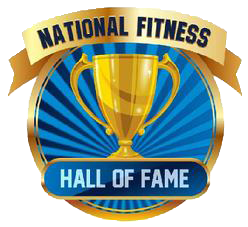June 29, 2023
Do I Need to do Cardio to Burn Fat?
Do I Need to Do Cardio to Burn Fat?

A common misconception exists that cardio is the ultimate key to shedding those unwanted pounds. Many of us have spent countless hours on the treadmill, elliptical, or running outdoors with the primary goal of losing weight. But is this unwavering dedication to cardio really the golden ticket to achieving fat loss? Contrary to popular belief, the answer might surprise you.
Let's delve a little deeper and challenge the status quo.
Weight Loss 101: The Calorie Equation
Before we proceed, it’s crucial to understand the fundamental principle of weight loss. You’ve probably heard it before - to lose weight, you must burn more calories than you consume, known as creating a calorie deficit. This rule is unchanging and absolute, irrespective of the kind of exercise you perform.
To maintain, lose, or gain weight, it's important to know your total daily energy expenditure (TDEE), which encompasses all the calories you burn in a day, including those from basic bodily functions, daily activities, and exercise. Once you know this, you can adjust your caloric intake to match your weight goals.
Strength Training for Fat Loss
Cardio exercises, such as running or cycling, certainly burn calories and can contribute to a calorie deficit. However, they're not the only way to create this deficit. Enter strength training.
Strength training, encompassing activities like weightlifting and resistance training, is sometimes overlooked in the quest for fat loss, but its potential benefits are compelling. Lifting weights can aid in burning calories, not just during the workout but afterward as well. This is due to a phenomenon known as excess post-exercise oxygen consumption (EPOC), also known as the "afterburn effect," which boosts metabolism for hours after the workout.
In addition, strength training leads to muscle gain. Why does this matter? Well, muscles are metabolically active tissues, which means they burn calories even at rest. The more muscle mass you have, the more calories you burn throughout the day, potentially making it easier to create or maintain a calorie deficit.
Moreover, research suggests that strength training could be more effective in reducing certain types of fat, specifically abdominal fat. A 2017 study published in the journal Obesity revealed that strength training was more effective than cardio in reducing abdominal fat, known to be a significant risk factor for various health conditions.
Nutrition: The Heart of Fat Loss
The saying goes, "You can't outrun a bad diet," and for good reason. Physical activity, including cardio and strength training, is an essential part of the weight loss equation, but without proper nutrition, your results could be severely hampered.
In fact, diet can play an even more significant role than exercise in weight loss. A study published in the Journal of the American Medical Association in 2018 revealed that improving diet quality over merely restricting calories led to significant weight loss over time. Focusing on consuming nutrient-dense, whole foods that keep you satiated can make maintaining a calorie deficit easier and more enjoyable.
Finding the Balance: Nutrition, Strength Training, and Cardio
It's essential to clarify that promoting strength training and nutrition for fat loss does not negate the importance of cardio. Cardio has its unique benefits – it's excellent for heart health, lung capacity, and yes, it aids in weight loss. The problem arises when we view cardio as the primary or only path to weight loss.
A well-rounded approach combining a balanced diet, strength training, and some cardio tends to be the most effective strategy for fat loss. Fitness is not a 'one size fits all' realm. What works wonders for one may not yield the same results for another. Understanding your body, preferences, lifestyle preferences, lifestyle, and specific goals is paramount in creating a plan that works best for you.
Moreover, you shouldn't forget the importance of consistency and patience in achieving sustainable weight loss. It's not about what you do for a week or a month; it's about what you can maintain in the long run.
Ultimately, remember that there's more to fitness than just shedding pounds. Physical activity, in any form, can bring a range of health benefits, from better mood and improved sleep to enhanced cognitive function and decreased risk of chronic diseases.
Even if cardio might not be the solitary key to unlocking fat loss, it's undoubtedly an essential part of the overall wellness puzzle.

Get started - footer
We will get back to you as soon as possible
Please try again later
All Rights Reserved | Cutting Edge Personal Training | Privacy Policy




